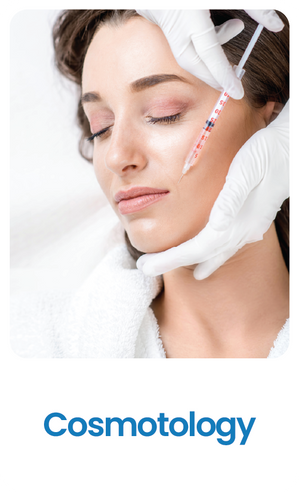Lower Body Lift Surgery in Bangalore
Lower Body Lift
The lower-body lift, designed for patients with multiple lower-body contour deformities, uses a circumferential bikini-line incision to simultaneously lift relaxed trunk and thigh tissues.
In the past 15 years, significant progress has occurred in the understanding of aesthetic body deformities of the aged, leading to new body lift designs based on modern surgical principles
Body contour deformities frequently involve multiple areas of the trunk and thighs.
The lower-body lift uses a circumferential bikini-line incision to simultaneously lift relaxed trunk and thigh tissues.


For patients with moderate to severe abdominal relaxation, an abdominoplasty was performed before the lower-body lift. The concept of the high–lateral-tension abdominoplasty was based on an improved understanding of aesthetic body deformities of the aged.
The circumferential body lift procedure that I most commonly perform in my current practice. The lower-body lift #1 is indicated for patients with minimal abdominal laxity or previous abdominoplasty. If abdominal laxity is moderate to severe, I recommend either an initial high–lateral-tension abdominoplasty followed by thigh/buttock lifting at a second stage, or a lower-body lift #2 in a single stage.
Operative Strategies
Lower-body lifts have proven to be effective and long lasting, with low risk of significant complications.
Key technical elements of the lower-body lift include the following:
-
Incisions placed in current high-cut bikini lines
-
2-layer superficial fascial system (SFS) suspension with permanent sutures
-
Direct undermining through the zone of adherence for more distal transmission of lifting forces; discontinuous cannula undermining into the distal thigh, if needed;
-
Lipoplasty of familial fat deposits of the circumferential trunk and thighs.
Operative time for lower-body lifts is generally 6 to 9 hours, depending on the extent of trunk and thigh lipoplasty. Usually 1 to 2 units of autologous blood are donated preoperatively. Patients who have undergone a lower-body lift are monitored on an inpatient basis for 4 to 5 days after surgery, depending on the degree of lipoplasty and lifting. . After 24 to 36 hours, patients are allowed to stand at the bedside and begin a course of progressive ambulation with a walker. Stool softeners and protein drinks are started on the first postoperative day, and then patients begin a high protein diet. An exercise bodysuit or leotard is worn after 2 to 3 weeks and is used for several weeks for comfort and support. Most patients are back to a limited work schedule in 3 to 4 weeks and can resume full vigorous physical activity in 2 months.






